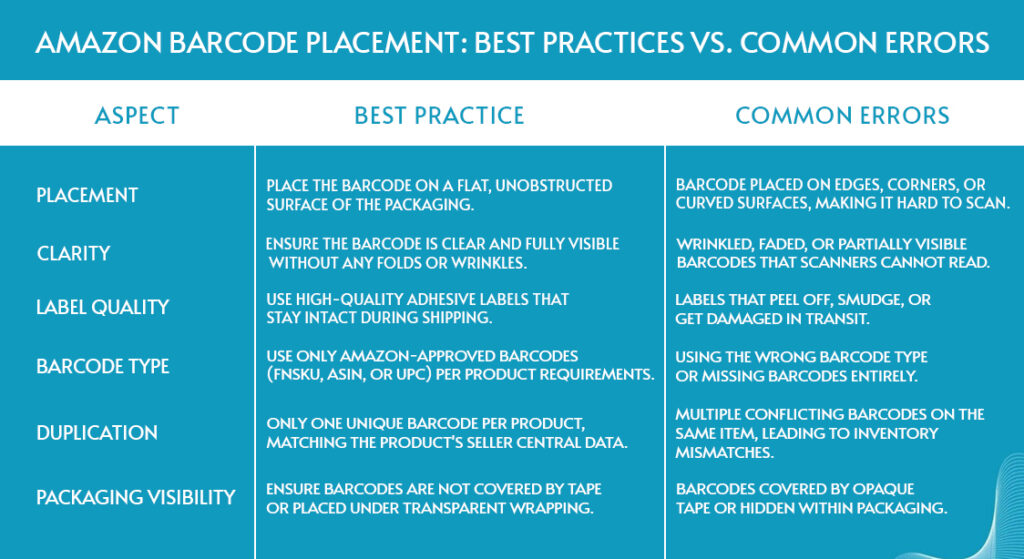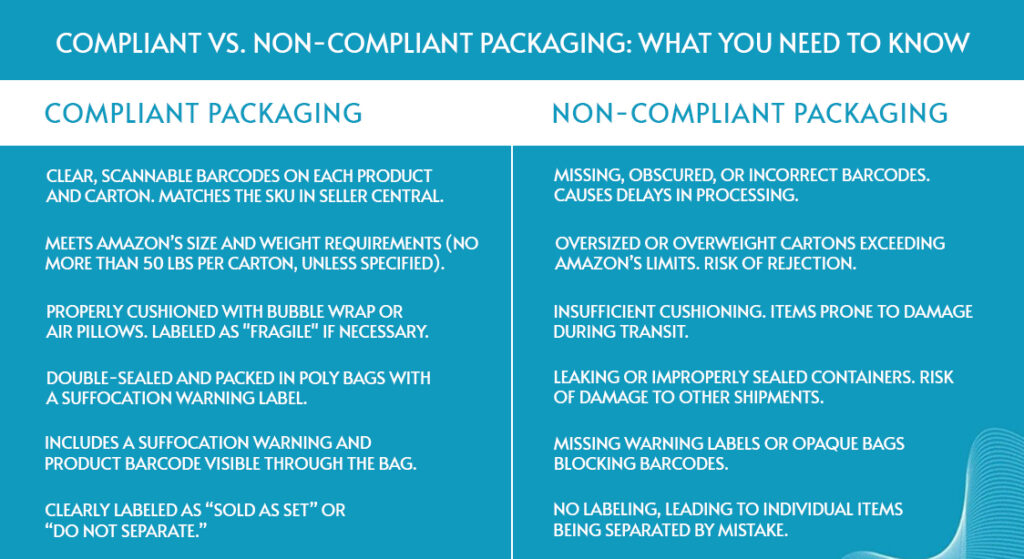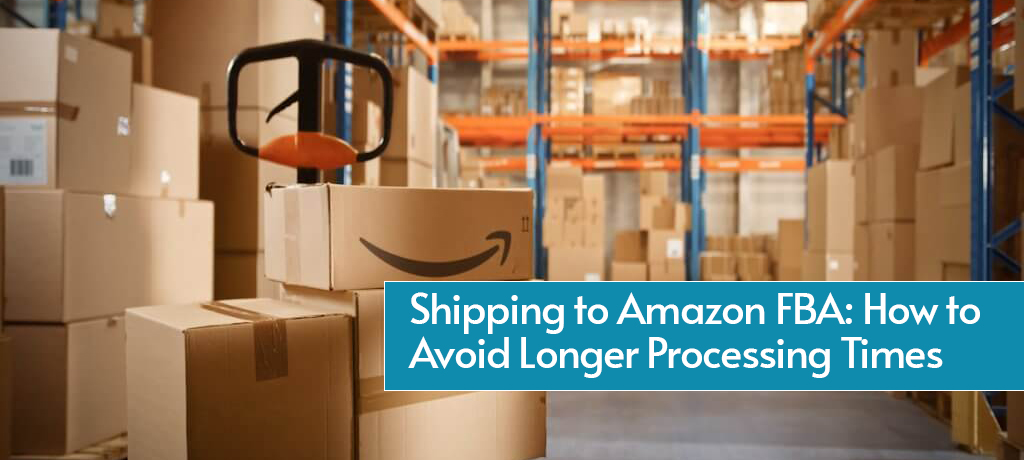Marketplace Expansion
Shipping to Amazon FBA: How to Avoid Longer Processing Times
Shipping inventory to Amazon’s Fulfillment Centers (FBA) is a critical step for Amazon 3P sellers aiming to streamline operations and maintain customer satisfaction. However, longer processing times can derail these plans, impacting sales and brand reputation. Let’s break down how to avoid delays and ensure a smooth shipping process.
What is Amazon FBA?
Fulfillment by Amazon (FBA) is a service that allows sellers to store their products in Amazon’s warehouses. Amazon takes care of picking, packing, and shipping the products to customers. This service also includes customer support and returns management, making it an attractive option for many sellers.
For Amazon 3P sellers, FBA helps scale operations and offers the convenience of Prime shipping. However, if shipping and processing aren’t handled properly, it can lead to delays, impacting sales and customer trust.
Common Causes of Longer Processing Times
Understanding the reasons behind longer processing times is the first step to avoiding them. Here are some common issues:
- Improper Labeling
- Products without scannable barcodes or incorrect labeling can lead to significant delays. Amazon requires each product to have a unique barcode that matches the product listed in your Seller Central account.
- Non-Compliant Packaging
- Incorrect packaging can result in items being rejected at the fulfillment center. Amazon has specific requirements for poly bags, bubble wrap, and carton dimensions.
- Incomplete Shipping Plans
- Failing to complete your shipping plan accurately in Seller Central can confuse Amazon’s systems, delaying the intake of your inventory.
- Peak Season Backlogs
- High-volume periods like Q4 often see delays due to the sheer volume of shipments arriving at Amazon’s warehouses.
- Using Non-Preferred Carriers
- Amazon works with specific carriers for efficient inbound shipments. Using non-preferred carriers can result in slower processing times.
How to Avoid Longer Processing Times
Here are actionable strategies to ensure your shipments are processed quickly and efficiently:
1. Follow Amazon’s Labeling Guidelines
- Use Amazon’s FBA label service if you’re unsure about labeling requirements.
- Ensure all barcodes are scannable and match the product details in Seller Central.


2. Use Amazon-Compliant Packaging
- Review Amazon’s packaging guidelines to ensure your items meet their standards. For example, liquids should be double-sealed, and fragile items must be adequately protected.
- Use poly bags with a suffocation warning for small items or bundles.


3. Create Accurate Shipping Plans
- Double-check your shipping plan details, including SKU quantities, shipment ID, and destination.
- Consolidate shipments whenever possible to reduce errors and costs.

4. Ship Inventory During Off-Peak Times
- Avoid sending large shipments during peak seasons like November and December. Instead, plan inventory replenishments earlier.

5. Work with Amazon-Preferred Carriers
- Use Amazon-partnered carriers to benefit from discounted rates and faster processing.
- Schedule your carrier pickups to align with Amazon’s receiving times for your chosen fulfillment center.

6. Monitor Shipment Status
- Keep a close eye on your shipment status in Seller Central. Address any issues or discrepancies as soon as they arise.
7. Optimize Carton Sizes and Weight
- Ensure cartons do not exceed Amazon’s maximum weight and size limits. Overweight cartons are more likely to be delayed.

Tools and Resources to Streamline Shipping
- Amazon’s FBA Calculator: Helps determine the cost-effectiveness of using FBA for specific products.
- Shipping Software: Tools like ShipStation or InventoryLab can automate shipping label creation and inventory management.
- Barcode Scanners: Investing in a reliable barcode scanner can help ensure accurate labeling before shipments.
How Prime Retail Solution Can Help
Managing FBA shipments can be overwhelming, especially for high-volume sellers. Prime Retail Solution provides services to:
- Audit Your Shipping Process: Identify bottlenecks and optimize your current approach.
- Automate Compliance Checks: Ensure labeling, packaging, and shipment plans meet Amazon’s standards.
- Offer Expert Consultation: Get tailored advice on inventory planning and peak season strategies.
With our expertise, you can focus on growing your business while avoiding costly delays.
Conclusion
Avoiding longer processing times when shipping to Amazon FBA requires attention to detail and adherence to Amazon’s guidelines. By implementing the strategies outlined above, you can minimize delays, maintain a steady inventory flow, and keep your customers satisfied.
For personalized support in managing your FBA shipments, contact us today at Prime Retail Solution. Let’s optimize your shipping strategy and boost your Amazon success!
Share





